Georgia: My most underrated country in the world
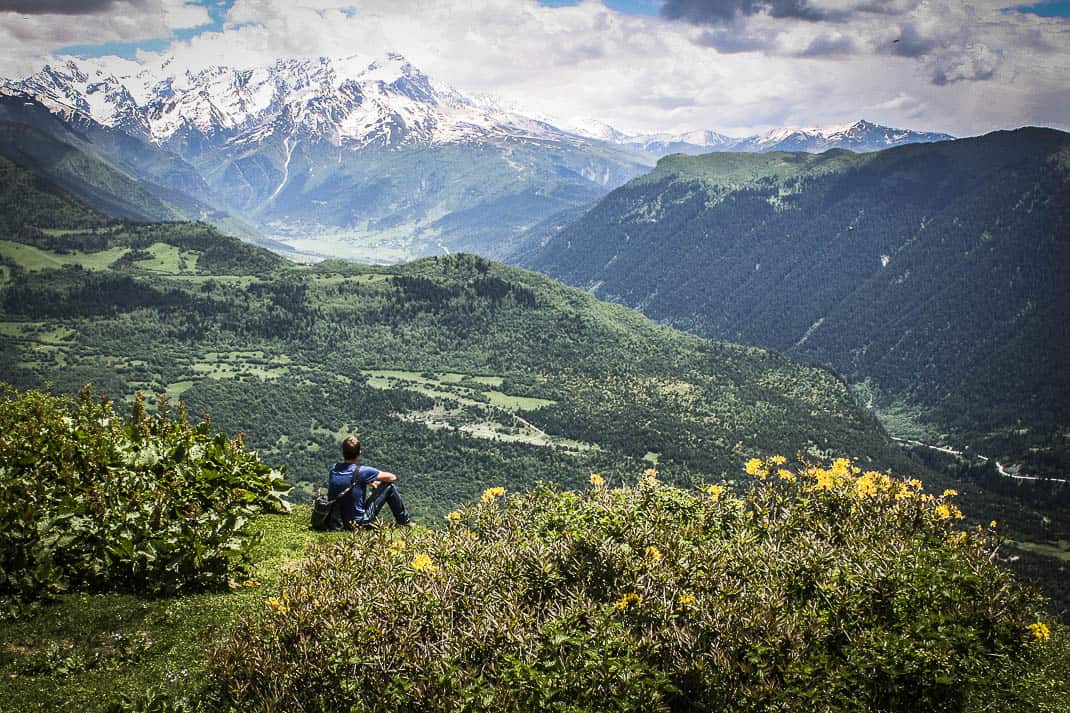
TBILISI, Georgia – Too bad the world isn’t flat. The edge of the Earth would have a great view.
The post-Covid world is getting so small, it seems one must go to the end of the Earth to find little-discovered places. Over the last three months I’ve hung out with some serious travelers. My friends in Travelers’ Century Club are swapping overland routes from Suriname to French Guyana. Here in Tbilisi, this month’s Traverse travel bloggers conference was filled with travelers whose videos have brought little-known corners of Namibia to the world.
It’s getting harder to find anywhere you can call “underrated.” What does underrated even mean anymore? Undiscovered? Nope. More than 975 million people traveled between January and September last year, a jump of 38 percent from 2022. Throw a dart at a world map. Someone has been there before you.
I view “underrated” as anywhere off the mainstream tourist route that is as appealing as France, the U.S. or my adopted Italy. An underrated country is a place I hesitate to write about for fear of it could soon be overrun by pasty tourists in Yankees ball caps.
Or it’s a country I must describe where it is.

It’s why I rank Georgia as my most underrated country in the world. My fallback line has always been it’s the Georgia with the Caucuses, not Waffle House. The former Soviet republic of only 3.7 million people has it all. Mountains more beautiful than the Alps. A historic and yummy wine culture. Exquisite food. Solid infrastructure. Fascinating history. Interesting, strong and friendly people. Yes, it’s the birthplace of Joseph Stalin. Georgians today are much nicer.
It was called “The Tuscany of the Soviet Union.” Yeah, that’s like being the “Las Vegas of Afghanistan” but you get the point. Georgian restaurants are still the rage in modern Russia.
Yet Georgia had only 5.4 million tourists in 2022. France had more than 79 million.
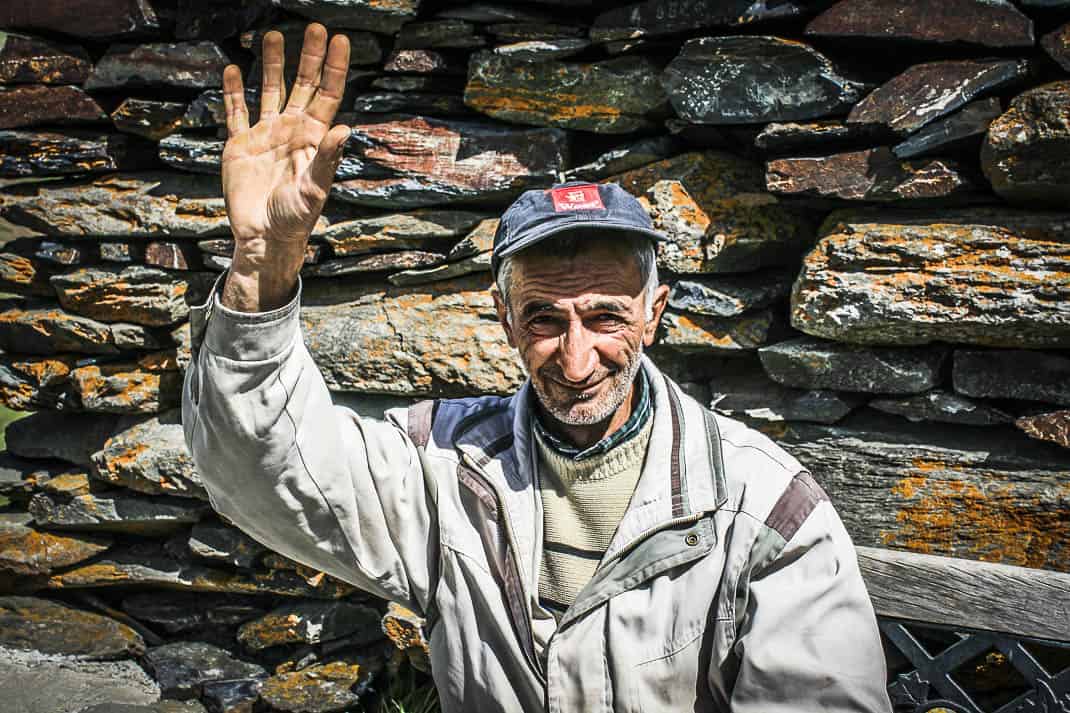
Georgia’s government is still a mess. Allegations of fraud hang over the latest elections. (Gee, how screwed up is that?) Law enforcement is under fire. Abuses of human rights and media freedom surface occasionally.
But for the intrepid traveler – or a travel writer in town for a conference – Georgia feels like slipping into a new set of bedsheets. Fresh and clean.
This was my second trip. I traveled all over the country in June of 2018, hiking in the Caucuses, drinking wine in the Kakheti valley and dining in Tbilisi. I fell in love with the place of which British historian Simon Sebag Montefiore said, “In the new Georgia, Stalin is no longer Georgian. He’s a Russian emperor.” Here are 10 reasons why I love Georgia, in order:
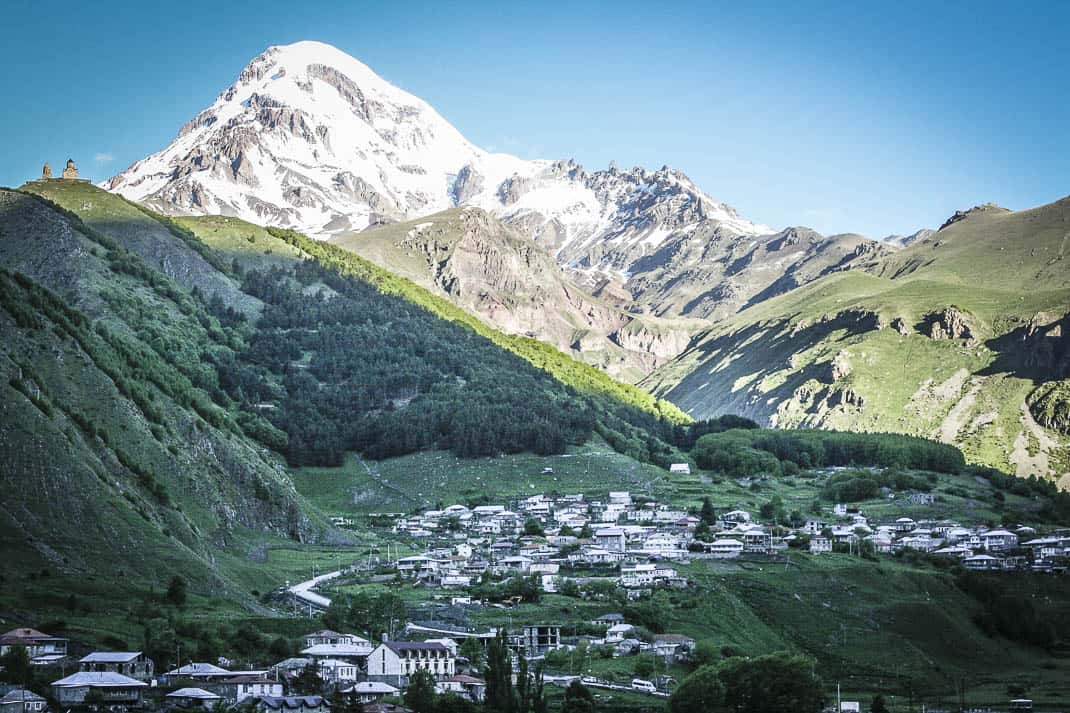
Caucuses
Arguably the most beautiful flight of my life was flying from Tbilisi to Mestia in the far north near the Russian border. The Caucuses, even in June, were covered in snow. They were so high, I had to look up through the plane’s window to see the summits. The hiking was spectacular. The perpetual outdoor hobby everywhere else in Europe had not caught on with Georgians. Consequently, I had trails almost to myself. I hiked to the top of an old ski lift, to a cross 1,000 meters over Mestia and to a church built by the Soviets high atop a cliff with an ungodly view of the entire valley. Yeah, the church became swamped by a bus full of hyper Asians but they took their selfies and left. I kept walking into isolation and snapped photos worthy of my wall.
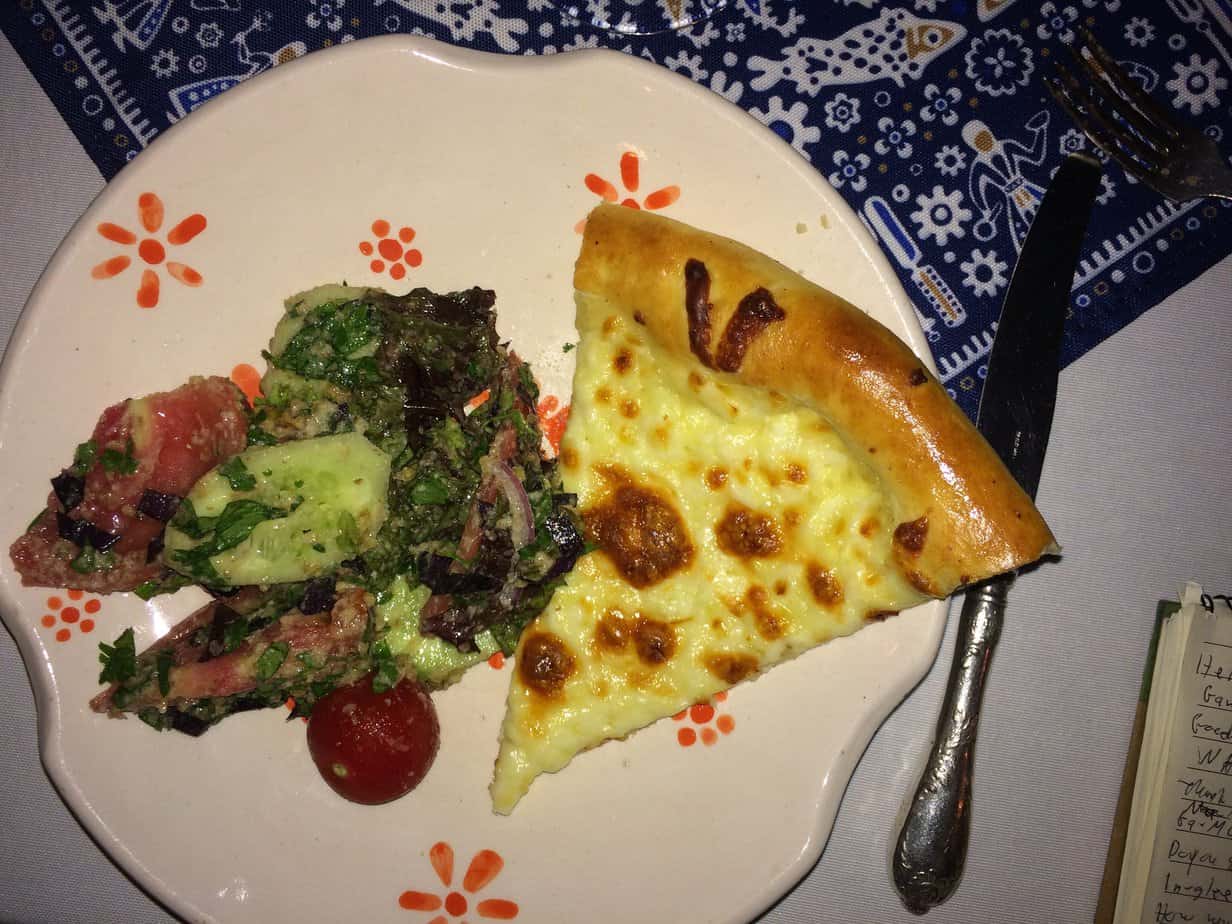
Georgia cuisine
Georgia’s signature dish is khachapuri. This thick cheese pie is like a deep-dish pizza, which is sacrilege in Italy, but the biting Georgian cheese makes it much more appealing than anything you’d find in Chicago. Khachapuri comes in various styles and sold everywhere, from street stalls to five-star restaurants. Georgians are crazy about salads. Entire menu pages are devoted to them. My favorite and their most famous is their walnut salad with cucumbers, tomatoes, herbs and sunflower oil. Shish kabobs are common and on cold nights in the mountains, I loved chakhokhbili, a stew made with chicken, tomatoes, onions and herbs. Heavy? Yes. So? Hike it off.

Wine
I live in Italy. I always thought it was the wine capital of the world. Turns out, wine was first drank in Georgia. Archaeologists found wine-making equipment dating back 8,000 years. Today, Georgia has a huge wine scene. The area around Telavi in the southeast has 20 commercial wineries to which cheap taxis ferried me around for a couple of days. I had numerous wine tastings for only €7-€10 and they were excellent. Georgia is famous for its semi-sweet wines. Its national wine is Saperavi which is a versatile semi-sweet with the taste of dark fruits, perfect for heavy meat dishes or pasta back home. I also found something I liked about Georgia’s most famous native son, Joseph Stalin. His preferred Khvanchkara red sits in my wine rack today and six years ago was the No. 2-selling wine in Russia. It’s terrific, even if he wasn’t.
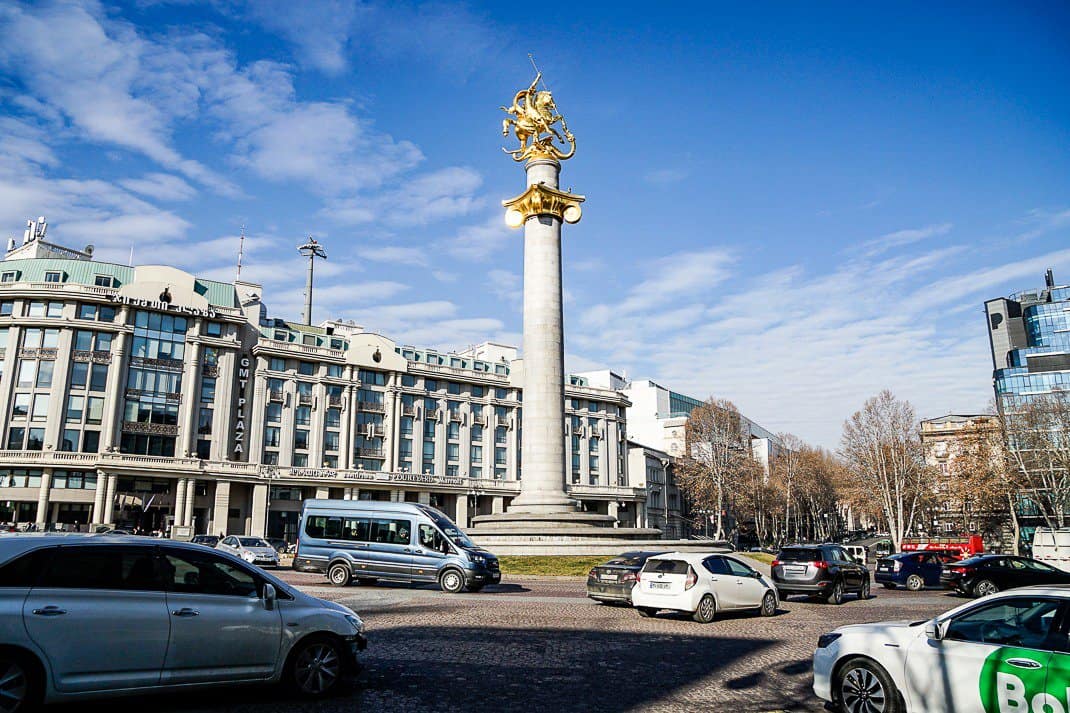
Tbilisi
Unlike most backpackers, I don’t thumb my nose at capitals. Capital cities are where you can take the pulse of a country. You can do that easily in Tbilisi. Sit in one of the many bars with outdoor sitting rimming Freedom Square, the city’s gathering place for young and old alike. A statue of St. George, the city’s patron saint, slaying a dragon hovers over the square where a statue of Vladimir Lenin was toppled in 2006. Tbilisi is blessed with numerous great restaurants, particularly Barbarestan which uses a cookbook from 1914. Small bars in the city’s sprawling Old Town serve up Georgian wine and an array of cocktails. If you’re young enough to enjoy it, Tbilisi’s techno club scene is gaining street cred all over Europe.
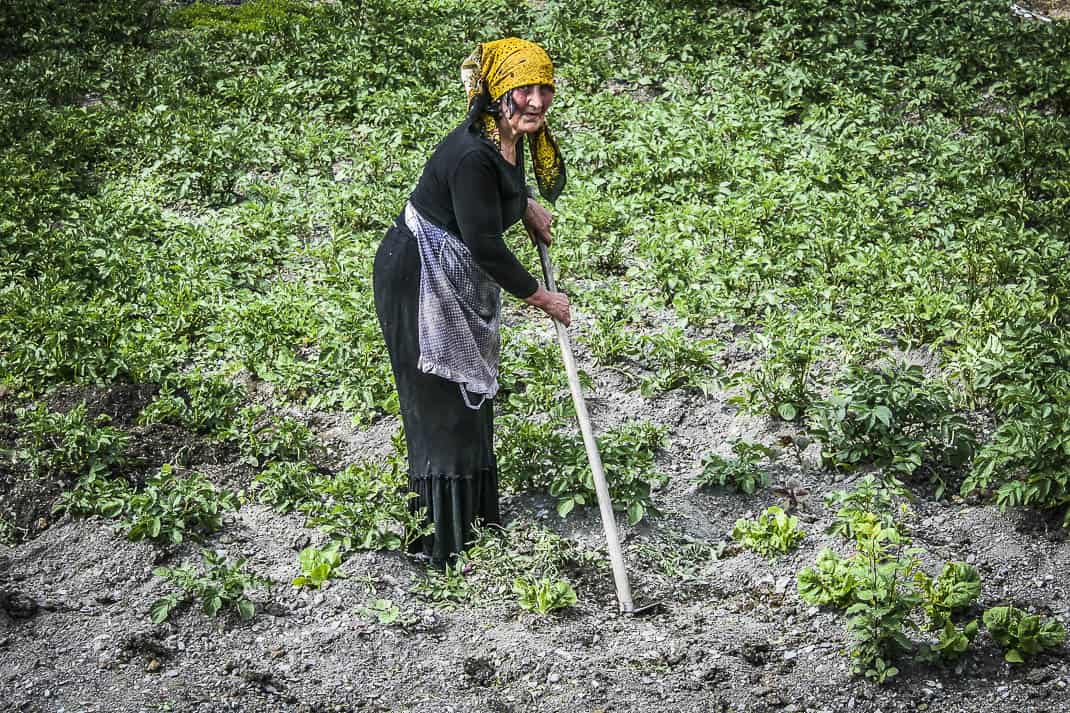
East and West
I love former Soviet Bloc countries because of the fascinating mix between new democracy and old communism. Walk anywhere in Tbilisi and you’ll find the remains of nearly 70 years under Soviet rule. Run-down houses with peeling paint. Blockish, ugly apartment houses with broken bricks. Strong, massive Soviet architecture. Talk to someone over 40 and they’ll spin tales of a world most of us can’t imagine. And you may do it in a cafe that could pass for a place in San Francisco.
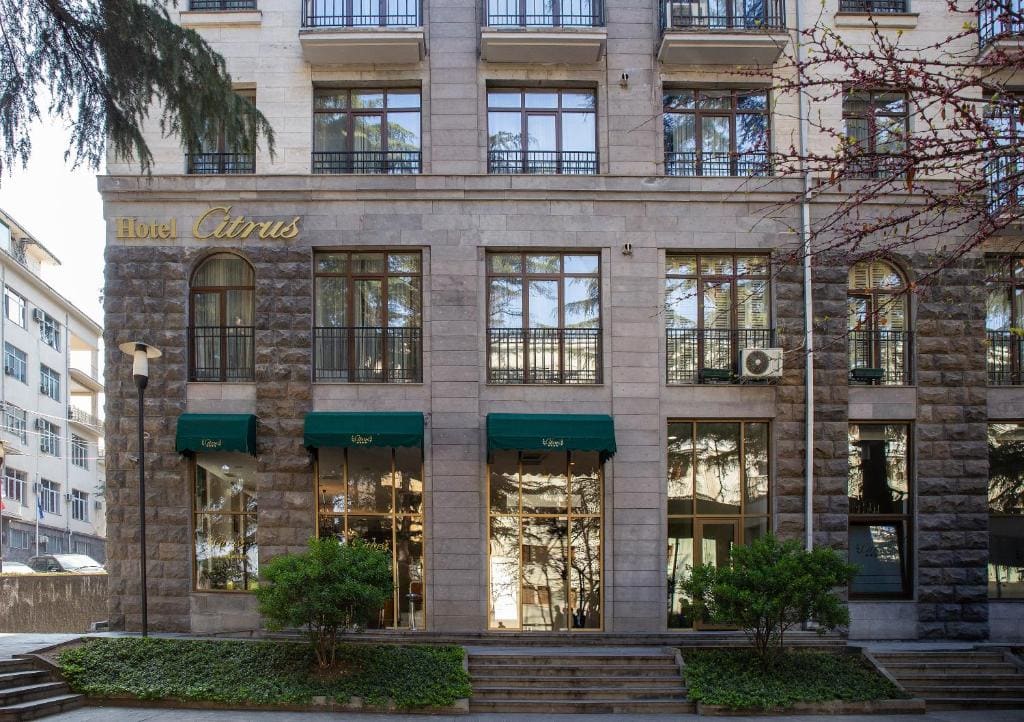
Prices
It’s not as cheap as it was six years ago. After the pandemic, the government placed an 18-percent sales tax on everything. I learned that the hard way in a modest cafe off Freedom Square where two glasses of wine and a slice of strudel were €19. Still, Georgia is a bargain. Dinner for two at a five-star restaurant was €58. A glass of wine is about €3. My four-star hotel in Old Town was €70 a night. Hell, my jaywalking ticket was only €3. And the best part about Georgia is free: views of the Caucuses.
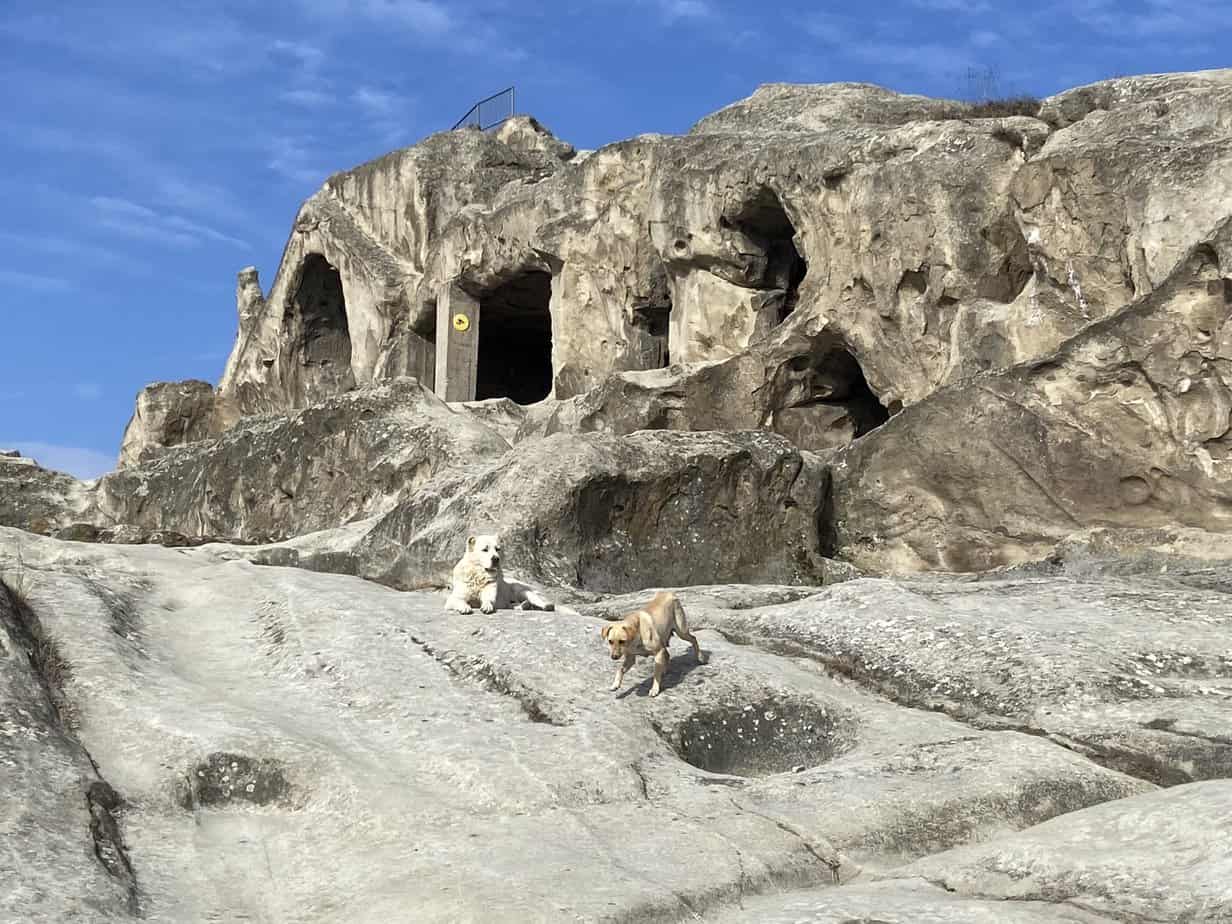
Uplistshilkhe
Don’t ask how to pronounce it. I heard four versions. I call it Cave City. I took a day trip here which I’ll blog next week. Located 45 miles (77 kilometers) northwest of Tbilisi, it’s a city carved out of caves where people lived from the 2nd century B.C.-14th century. At one time, it housed 20,000 people and was one of the top religious and political centers of the region. The Mongols rampaged through it in 1240 but half of it remains and is remarkably well preserved with everything from temples, homes, storage areas and, of course, a space for 58 bottles of wine. Archaeologists uncovered the area in 1957, and it’s far enough away to not attract hordes of tour buses. One of the best parts is driving through the interesting Georgian countryside.
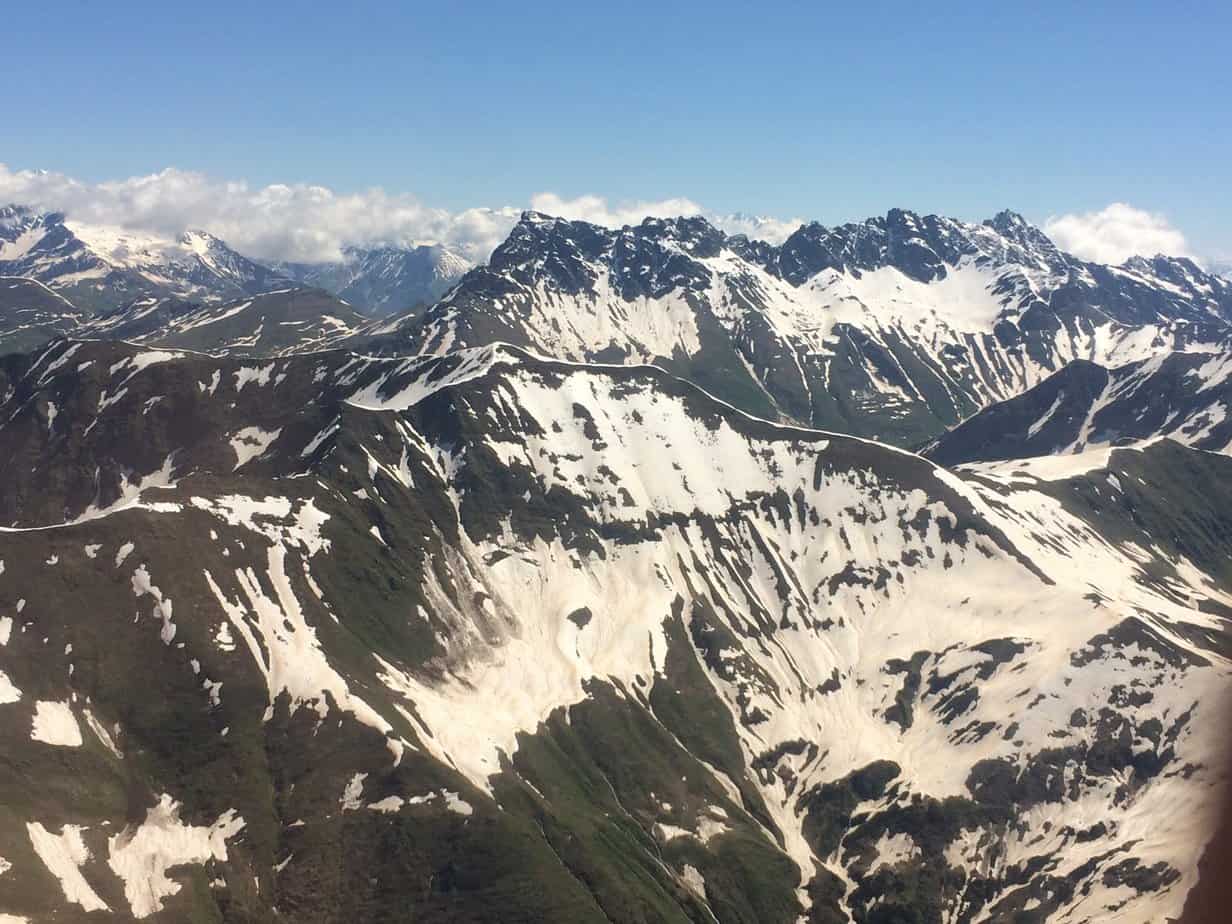
Public transportation
Instead of big, boring buses, Georgia uses a fleet of marshrutkas. These are big vans that go to every corner of the country. They’re cheap. A one-hour, 45-minute ride from Tbilisi to Telavi is about €2.50. Sometimes I had to wait until it filled before we left but the cultural experience of shopping for your destination in a colorful marshrutka station was worth it. Taxis are dirt cheap. Bolt has replaced Uber and is less than half the price of taxis. The beautiful one-hour Tbilisi-Mestia flight is only €35.

Joseph Stalin
Yes, he makes the list. This is not based on admiration; it’s based on fascination. The man who has gone down as one of the biggest murderers in man’s history, who killed 6 million people, comes from the little town of Gori, just 40 miles (68 kilometers) northwest of Tbilisi. I went through it on the way to Uplistshikhe. They turned his small childhood home into a museum and his private railway car stands in the front lawn. Talk to Georgians and you’ll eventually find someone who misses him in light of the country’s current problems. But unlike in the Deep South of the U.S. still fighting the Civil War, this Georgia does not have any statues of Stalin anywhere in public sight.

Alphabet
No, this isn’t a reach. I love the Georgian alphabet. What does it look like? Take a handful of cooked spaghetti. Throw it on the floor. That’s what the Georgian alphabet looks like. It likely might even spell, “Stalin sucked.” Unique to any alphabet in the world, it dates back to the 4th century B.C. There are actually three alphabets, but two are used only by the Georgian Orthodox Church and the average Georgian has no idea what they mean. It’s kind of like Italians with Latin. The Georgian language has no articles. It has no gender. It has no upper or lower case. Read Georgian in Roman letters and you wonder if the alphabet has any vowels. And good luck with verbs. Like Thai, one verb can have many different meanings.
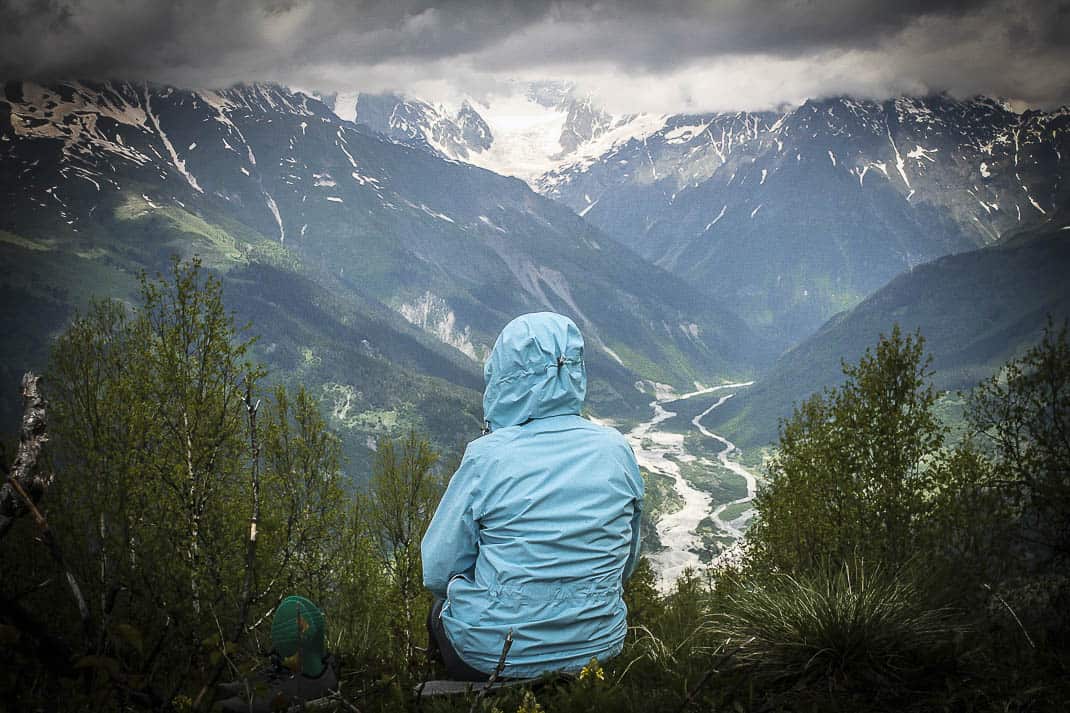
If you’re thinking of going …
How to get there: You can get direct flights from numerous cities in Europe including Paris (Air France), Milan (RyanAir) and London (Georgian Airways). The flights with connections often land in Tbilisi in the middle of the night. We flew direct Rome-Baku then took an easy morning flight from Baku to Tbilisi with Azerbaijan Airlines for €77 each one way. It landed at 10:35 a.m.
Where to stay: Citrus Hotel, 39 April Street, Tbilisi, 995-32-255-9300, https://sites.google.com/view/citrus-hotel/. Great location short walk up hill from the historic Parliament building and a seven-minute walk from bustling Freedom Square. Helpful, English-speaking staff. Big rooms. I paid €280 for four nights, including a good buffet breakfast.
Where to eat: Barbarestan, D 132 Davit Aghmashenebeli Ave., Tbilisi, 995-551-121-176, 2-11 p.m. A must stop. All the traditional Georgian dishes made from recipes found in a cookbook from 1914. I was disappointed in my last visit that they removed khachapuri from the menu as it’s viewed as too mainstream. I paid €58 for two including wine.
Cafe Leila, Shavteli 20, Tbilisi, 995-555-94-9420, 11 a.m.-11 p.m. I’m not into vegetarian cuisine but this lovely decorated vegetarian place down the street from Freedom Square is an excellent place for light snacks or fish. I had luscious fresh trout and wine for €15.
When to go: Georgia is cold in winter and hot in summer. Tbilisi has regular lows in low 30s and highs in mid-40s in winter. Summer it gets in the 90s with high humidity. Snow is in the Caucuses year round. In the Mestia area, winters get down to the mid-teens. Ideal hiking weather is summer when highs are mid-60s.
For more information: Tbilisi Tourist Information Center, Alexander Pushkin Park, Liberty Square, 995-32-215-8697, https://tbilisilocalguide.com/tbilisi/tourist-information-center/, tictbilisi@gmail.com, 10 a.m.-9 p.m. October-March, 9 a.m.-9 p.m. April-September.


February 20, 2024 @ 9:48 pm
I’m still admiring your line, “It’s the Las Vegas of Afghanistan” as one I may tweak one day in my travel blog. We hiked in the Caucasus mountains and your words about maybe the most beautiful ring true.
February 21, 2024 @ 1:05 pm
Thanks, Ron. Feel free to lift it. Plagiarism is the highest form of flattery.
February 21, 2024 @ 4:41 pm
Hi John, nice article, and Georgia is on my list. As a woman, is it okay to wear western clothing? Do women have to cover their heads? Also, do most people speak English in Tbilisi?
February 22, 2024 @ 8:53 am
You can wear whatever you want in Georgia. It’s not Muslim. It’s Georgian Orthodox. You should see what the Georgian women wear in nightclubs. Everyone under 30 speaks English. Many middle-aged people in Tbilisi speak it. Few in countryside. The elderly who spent most of their lives under communism don’t speak a word.
February 22, 2024 @ 2:08 pm
Thanks! We may go this spring.
February 27, 2024 @ 9:32 am
My pleasure, Julie. If you have any questions about logistics or places to go, feel free to write.
February 23, 2024 @ 3:48 pm
Thanks! Sounds wonderful. It’s on my list. But this is how we ruin places. We spread the word.
February 27, 2024 @ 9:31 am
Thanks, Carol. Georgia isn’t THAT big of a secret.